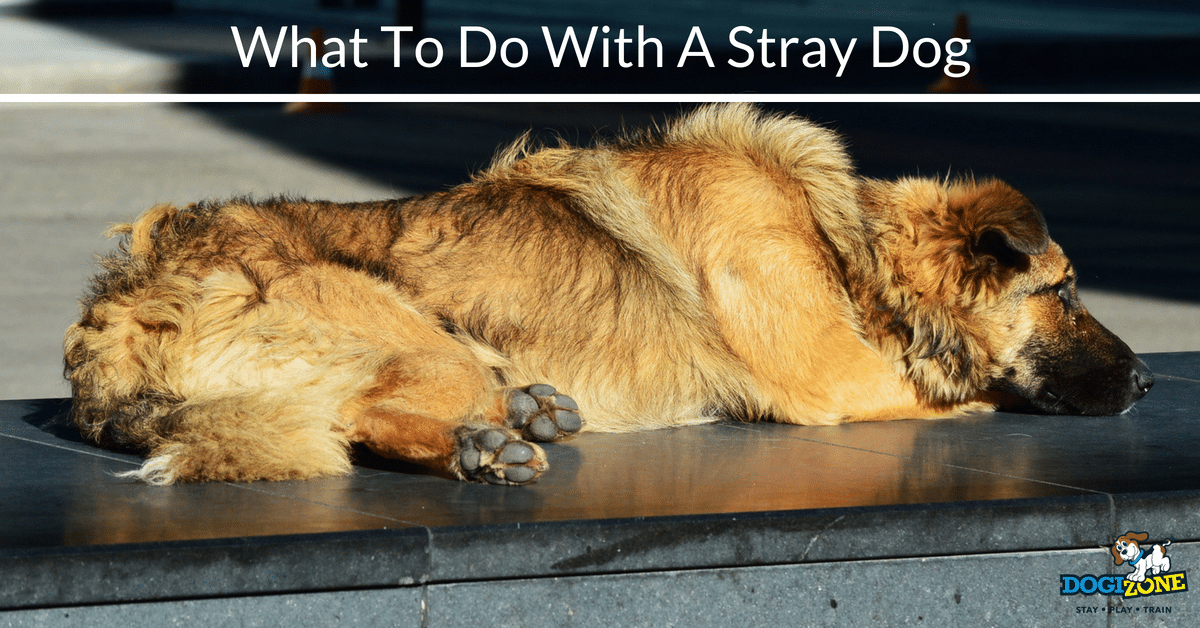What To Do With A Stray Dog
Factors To Consider Before Helping A Stray Dog

There is nothing worse than seeing a stray dog and not being sure what to do. Sometimes these dogs are obviously anxious and frightened, or they may be thin and obviously lost. Other dogs may seem like they are having fun, running around and trying to be friendly with other pets and people.
Seeing a stray dog triggers most people to want to help the animal, particularly those who are dog and animal lovers. However, there are some important factors to consider when approaching and working with a stray dog.
Safety First
It is important to approach any strange dog slowly and cautiously, speaking calmly and gently. If you can walk up to the dog and pet it slowly, allowing the dog to become accustomed to contact and to your presence. Do not attempt to grab or hold the dog as this may cause the dog to respond by biting or snapping.
If the dog has a collar and is calm, try to lead the dog away from any traffic or busy areas. Without a collar, see if the dog will walk without or try using a small piece of rope, a leash for your dog, or any other similar type of material.
If the dog seems nervous or frightened or is growling, snapping or laying his or her ears back and showing teeth, do not attempt to touch or grab the dog, even if there is a collar. In these cases, call the local animal shelter or the animal control office and provide information. Stay with the dog and try to keep him or her in one area, perhaps by offering small amounts of food until the animal rescue staff arrives.
Check for ID
With friendly dogs that you can catch, look on collars for any types of tags, information bars, or even ID written or sewn into the collar. Sometimes, people use their home phone on the ID on their pet, which may mean all you get is an answering machine in the day. Leave a message and, if possible, keep the dog at your home or in your yard and give the owner a chance to respond.
Dogs can also have a tattoo, although this is less common today. Tattoos can be in the ear or in the groin area. If you see these markings take the dog to a vet and he or she can provide information to connect with a breed registry or the pet registry. This may allow you to find the owner or at least one of the people that owned the dog at some point in time.
The vet can also scan the dog’s back to see if he or she is microchipped. This is similar to the tattoo in that it will connect with a registry and provide the information on the owner who microchipped the dog, which may allow you to find the current owner if the dog has been sold or given away.
Finally, if the dog cannot be identified, consider putting up fliers and calling local animal shelters, animal control offices and all other appropriate authorities. In smaller communities, lost dogs may be reported to the police or to local vets, and providing information about a found dog can help reunite the dog with the owner. Taking a picture with your phone and emailing a copy, as well as posting the picture on social media, can also be very helpful.

